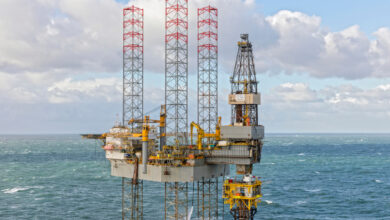Neptune Energy, EDF to pilot novel method for measuring offshore methane emissions
Neptune Energy and the Environmental Defense Fund (EDF) today announced a collaboration to test a new approach for measuring oil and gas methane emissions from offshore oil and gas facilities.
EDF will coordinate a team of international researchers that includes Scientific Aviation, a provider of airborne emissions sensing, and Texo DSI, a UK-based drone platform provider, to evaluate advanced methods for quantifying facility-level offshore methane emissions, identify key sources and prioritize mitigation actions.
Drone, aircraft and methane sensing technologies will be deployed on the Neptune-operated Cygnus platform in the Southern UK North Sea to provide a close-up view of operations typical of a North Sea offshore facility, such as gas separation, drying and compression technology, and flaring and venting. Global investment firm The Carlyle Group, a shareholder in Neptune Energy, is supporting and observing the project to help drive research learnings and improved standards.
Pete Jones, Neptune Energy’s VP Operations Europe, said: “Neptune Energy already has one of the lowest methane intensities in the sector, at 0.01%, compared with the industry average of 0.23%. But we want to go further and have set a target of net zero methane emissions by 2030. This study will help us identify where we need to take further action and how we can apply new measurement techniques across our global operated portfolio.”
“Data transparency is paramount,” said Mark Brownstein, EDF’s Senior Vice President for Energy. “Oil and gas companies have made commitments to tackle emissions, but you can’t just assert strong environmental performance. You must show it. Having credible data is the first step and we recognise Neptune Energy for valuing emissions reporting that is based on rigorous science.”




